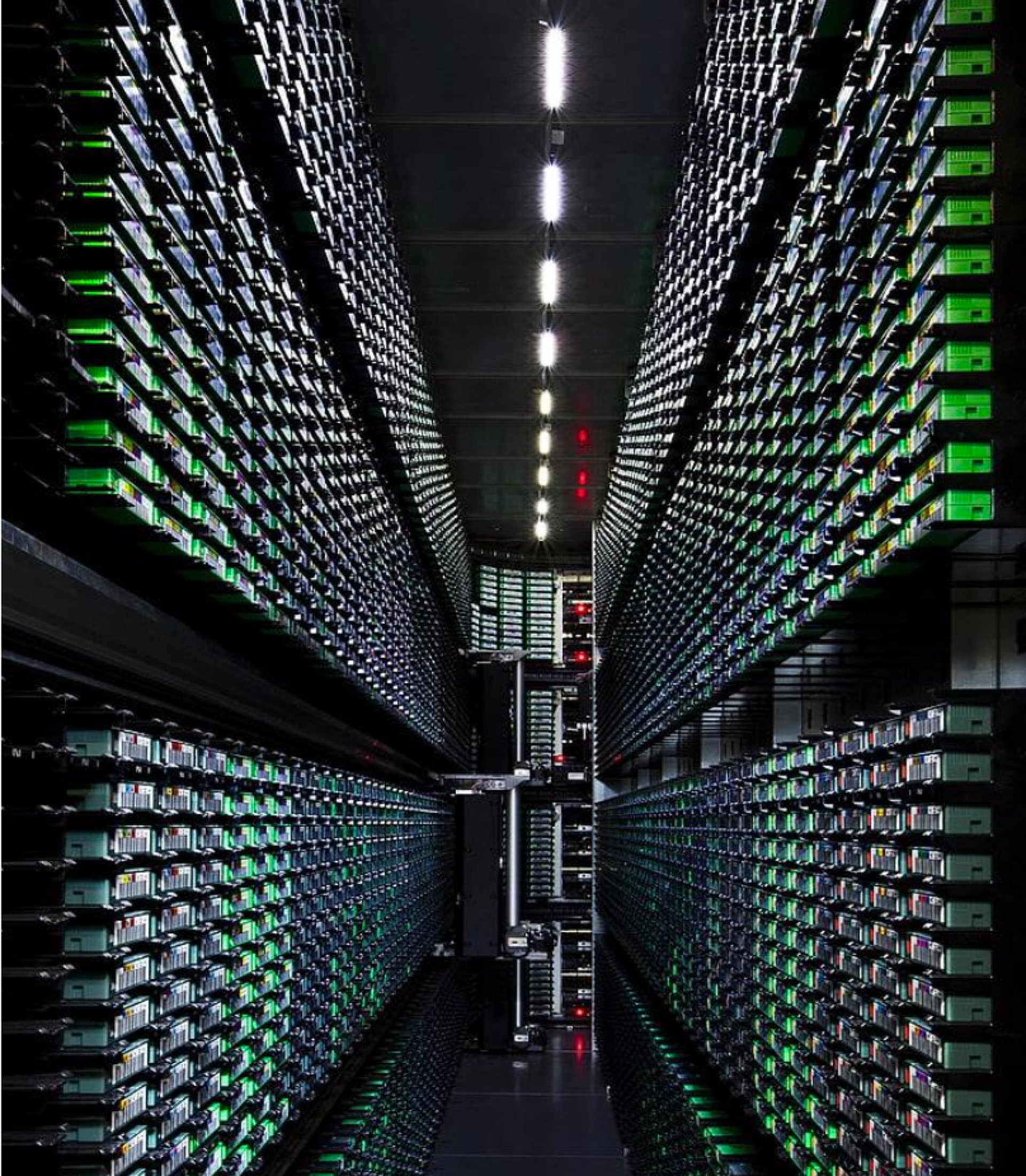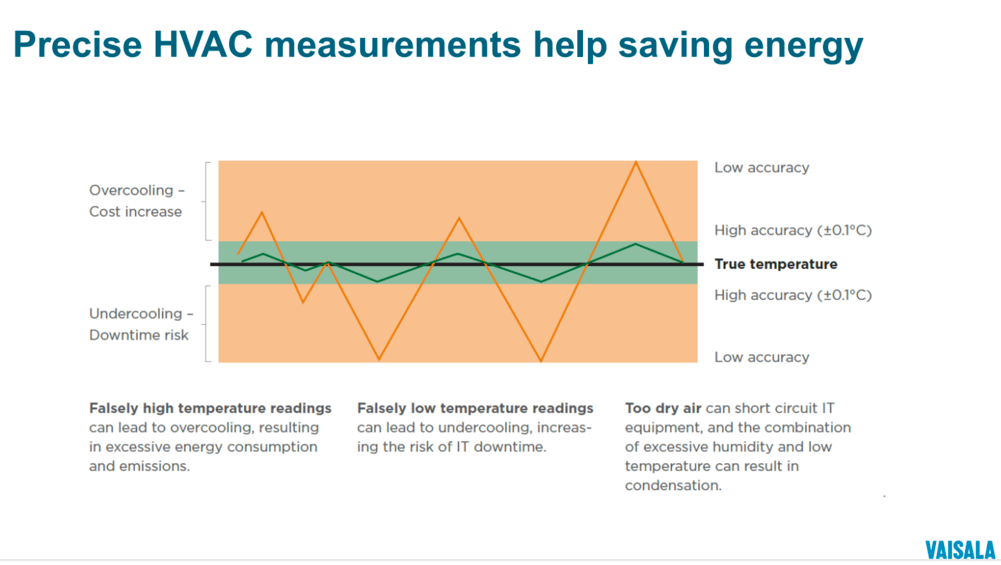
Data Centre Trends Demand Smarter Sensor Calibration: Why Accuracy is Non-Negotiable
SaaS/AI platform Data Centre for Sensor Control and Calibration
COMPUCAL CALIBRATION SOFTWARE
4/23/20253 min read
The data centre landscape is evolving rapidly. Hyper scale facilities are booming (CAGR +27%), edge computing is expanding to reduce latency, and server rack densities are increasing to power demanding applications like AI/ML and AR/VR. While the shift to hyper-scale helps contain overall global energy growth from data centres (currently 1-2% of global consumption), the energy demands and operational complexities within individual facilities are intensifying. A critical, yet often underestimated, factor in managing these complex environments is the accuracy and reliability of environmental sensor data. This is where robust sensor calibration management becomes not just beneficial, but essential.
Trend 1: Increasing Density and Power Consumption
Higher compute demands mean more power per rack, generating significantly more heat. Traditional cooling methods are being challenged, leading to innovations like liquid cooling. Regardless of the cooling technology, maintaining precise temperature and humidity within narrower operating bands becomes paramount. Relying on inaccurate sensor data in these high-density zones can quickly lead to overheating and equipment failure, or significant energy waste through overcompensation.
Trend 2: The Critical Role of Cooling & Energy Efficiency (PUE)
As highlighted, cooling and air conditioning constitute approximately 40% of a data centre's non-IT energy usage. Optimising Power Usage Effectiveness (PUE) is a key goal for operators. Precise HVAC measurements are fundamental to achieving this. As the Vaisala graphic below illustrates, low-accuracy sensors can lead to readings that fluctuate wildly around the true temperature.
Falsely high readings: Cause overcooling, directly increasing energy consumption and costs.
Falsely low readings: Cause undercooling, increasing the risk of thermal stress and IT downtime.
Incorrect humidity readings: Too dry increases static discharge risk; too humid (especially with lower temps) causes condensation risk.
The financial impact is stark. Even a single degree Celsius of overcooling translates to substantial costs: potentially €420k over 10 years for a 10MW load, scaling to over €4.2 million for a 100MW load.
Trend 3: Focus on Sustainability and Reliability
Beyond cost, sustainability is a major driver. Reducing energy consumption directly lowers carbon footprint. Accurate sensor data enables tighter environmental controls, minimising the energy needed for cooling and ventilation. Furthermore, reliability and maximising uptime are core operational mandates. Precise environmental control, based on trustworthy sensor data, is key to preventing equipment failures and ensuring continuous service.
Trend 4: Edge Computing and Distributed Environments
The rise of edge data centres introduces challenges in managing numerous, often geographically dispersed, smaller facilities. Centralised monitoring and management become crucial. A scalable calibration management platform that can oversee sensors across multiple sites, ensuring consistency and reliability without requiring constant manual intervention at each location, is vital.
The Calibration Imperative: Moving Beyond Manual Checks
Sensors naturally drift over time. Regular calibration is necessary to ensure they provide accurate data. However, traditional manual calibration processes are often:
Time-consuming and resource-intensive.
Prone to human error and inconsistent record-keeping.
Difficult to scale across large facilities or multiple sites.
Lacking integration with central management systems (BMS).
What Modern Data Centre's Need: Intelligent Calibration Management
To meet the demands of today's data centre's, a modern approach to sensor calibration is required. This involves:
High-Quality, Stable Sensors: Using instrumentation designed for long-term stability.
Ease of Maintenance: Employing interchangeable probes or modules that can be quickly swapped and calibrated (often with pre-calibrated replacements).
Traceability: Maintaining accurate, easily accessible, and auditable digital calibration certificates for all critical instruments.
Automation & Integration: Utilising a centralised platform (ideally SaaS for scalability) that automates calibration scheduling, alerts, record-keeping, and integrates seamlessly with the Building Management System (BMS). This allows the BMS to act on truly accurate data.
Analytics & Insights: Leveraging platform capabilities to analyse trends, predict potential issues, and optimise maintenance schedules.
Secure Access: Implementing role-based privileges to ensure data integrity and controlled access.
Conclusion
In the dynamic world of data centres, precision matters more than ever. Calibration Matters As facilities grow in scale, density, and complexity, relying on inaccurate environmental data is a recipe for inefficiency, increased cost, higher risk, and sustainability shortfalls. Implementing a dedicated, intelligent sensor calibration management program, like the SaaS/AI platform offered by CompuCAL, is no longer a luxury but a foundational requirement for optimal data centre operation. It bridges the gap between physical infrastructure and control systems, ensuring the reliable, efficient, and sustainable performance demanded by the digital age.


Solutions
Streamline your metrology process with our software partner CompuCal.
Support
Care
bradley@addit-metrology.co.uk
+447498 956 496
© 2025. All rights reserved.


